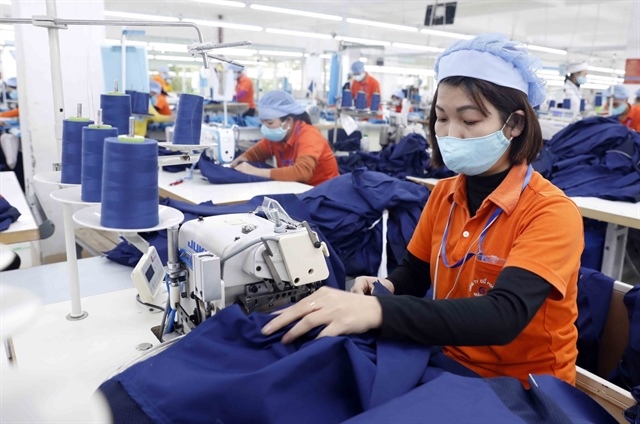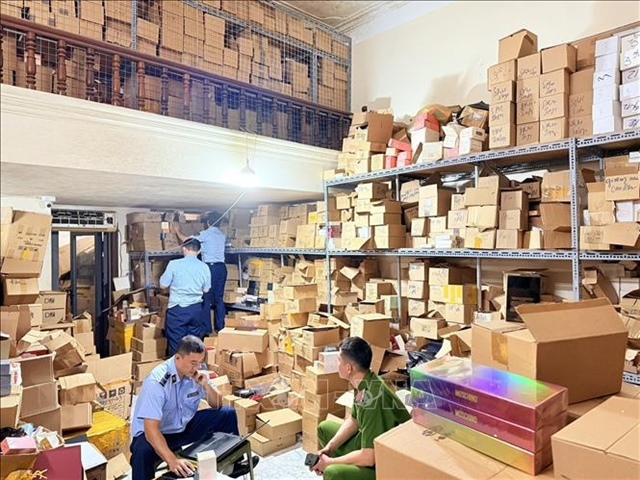VN faces serious power shortage
VN faces serious power shortage
Viet Nam will soon face a serious power shortage if it fails to come up with increased power generation, an analyst has warned.

Nguyen Anh Tuan of the Institute of Energy said additions to the grid had reached only 69 per cent of the target in the four years to 2010 "due to lack of funding, red tape, increasing cost of fuel and other inputs, difficulties in land acquisition and investors' lack of capability".
Speaking at a power conference in HCM City last week, Tuan said the shortage would continue despite an annual increase in demand of only 13.7 per cent instead of the forecast 16-17 per cent, due to the recession.
The shortage would be most serious in the south in 2015 where the demand would increase the most but with no additional sources.
The Ministry of Industry and Trade said 2,900MW was added to national grid last year, of which plants in the south contributed only 650MW. Viet Nam imported about 1,000MW or 5 billion kWh from China, accounting for 3-4 per cent of domestic power production.
Meanwhile, Viet Nam planned to import more electricity through its investment in several power plants in Lao and Cambodia, but they were reportedly behind schedule, Tuan said.
Besides difficulties in bring new power sources on line, installation of powerlines and transformer stations for the electricity grid was held up by bottlenecks in finance and difficulties in land acquisition and compensation for residents.
It took three to five years to complete a grid project, most of the time being for land clearance and compensation negotiations, he said.
Head of the institute's Electrical Grid Expansion Department Ho Thi Kim Nga agreed. He said the existing 500-220kV and 110kV line in HCM City was already seriously overloaded, yet demand was expected to increase at 12.9 per cent a year.
The city planned to build and upgrade grids to 2015 with an estimated investment of VND21 trillion (US$1.2 billion).
Head of Planning Department under the city's Electricity Company Bui Trung Kien said the city had approved VND25.5 trillion ($1.2 billion) to develop the city's power plan until 2015.
Nearly one fifth of the approved amount was the from the company's equity and the rest came from credit institutions, including the World Bank, Asian Development Bank and Japanese International Development Agency, Kien said.
However, incomplete planning of other infrastructure, such as transport, affected construction of the electricity facilities, he said. Moreover, in many districts and industrial zones, electricity facilities were not allocated enough land, causing difficulties to make improvements to city grid.
In Viet Nam, hydropower now accounted for 35 per cent of supply, thermal electricity for 23 per cent, and gas plants for 31 per cent, Kien said.
"To improve the situation by 2020, nuclear electricity will have to contribute 2 per cent. Otherwise, we must increase renewable energy supply from 3.2 per cent to 5 per cent."
At that time, hydropower would make up to only 20 per cent of supply "because hydropower depends so much on the weather", Tuan from Institute of Energy said.
The electricity master plan encouraged construction of small hydropower plants for local supply and focused on adequate supply of coal and gas for generating thermal power, imported power and renewable energy.
Under the plan, most rural households would have access to electricity by 2020.
vietnamnews

























